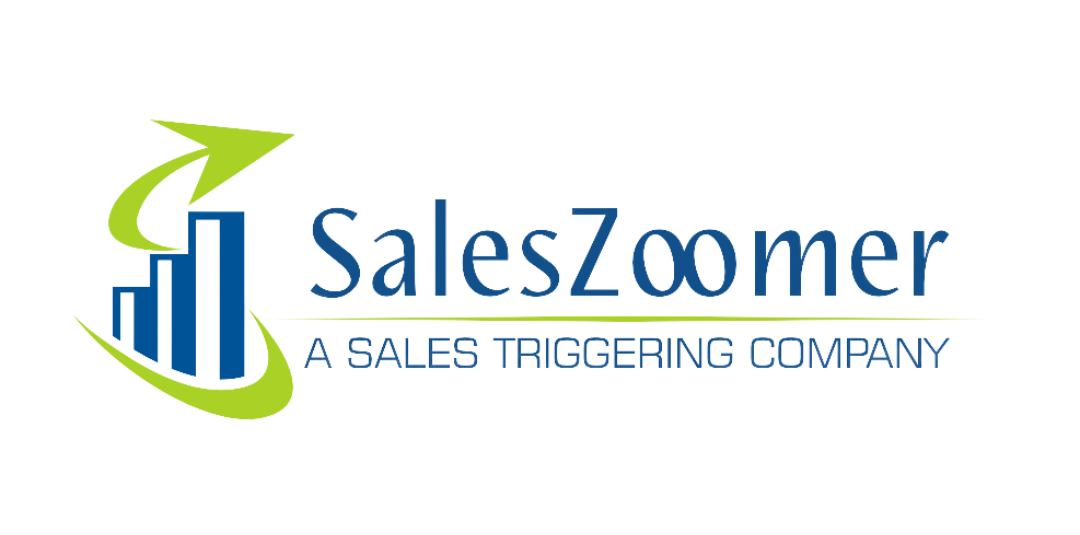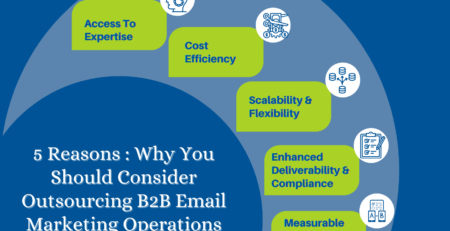Leveraging Email Marketing to Measure and Achieve B2B Product-Market Fit
In the dynamic world of startups, achieving B2B product-market fit is crucial for success. It ensures that your product resonates with your target audience and serves their needs effectively.
In this blog post we will explore the concept of product-market fit and how email marketing can help you assess and improve it, driving growth and success for your venture.
Understanding Product-Market Fit:
Product-market fit is all about the aligning the company’s offerings with target market’s needs and preferences.
This requires a deep understanding of the target market, identifying their pain points, and developing a product or service that solves those problems better than any existing alternatives. Startups often iterate and refine their products based on customer feedback and market insights until they find the right fit.
So, how can Email marketing help you assess and improve your product-market fit? Lets delve into the tactics
Building a Targeted Email List:
This involves identifying your ideal customer profile and segmenting your audience based on relevant criteria such as demographics, interests, or purchasing behaviour. With a well-defined audience, you can craft tailored email campaigns that resonate with their needs and preferences.
Conducting Surveys and Feedback Loops:
Email marketing provides an excellent opportunity to gather valuable insights through surveys and feedback loops. Send targeted emails to your subscribers, inviting them to share their feedback, opinions, and suggestions. Ask specific questions to understand how well your product aligns with their expectations and where there may be room for improvement. This data can help you refine your product and make necessary adjustments to better meet your customers’ needs.
Analyzing Email Engagement Metrics:
Monitor key metrics such as open rates, click-through rates, and conversion rates to gauge your audience’s level of interest and engagement. High open and click-through rates suggests that your product is capturing the attention of your target market, while low engagement may indicate a need to reassess your offering and messaging.
Leveraging A/B Testing:
A/B testing is a powerful technique to evaluate different aspects of your product-market fit. Divide your email list into segments and test different variations of your email campaigns. Experiment with subject lines, content, CTAs (Call-to-Actions), and visuals to identify what resonates best with your audience. By analyzing the results, you can gather valuable insights into customer preferences and iterate on your product accordingly.
Nurturing Relationships with Email Automation:
Email automation allows you to deliver personalized and timely content to your subscribers. Use automated email sequences to onboard new customers, provide educational resources, share success stories, and offer exclusive promotions. By monitoring the response and engagement rates, you can gauge how well your product satisfies your customers’ needs and desires.
Monitoring Customer Lifetime Value:
Email marketing can also help you assess the long-term value of your customers. Track customer lifetime value (CLTV) by monitoring the revenue generated from email marketing campaigns over a specific period. A higher CLTV Indicates that your product is meeting the needs of your customers and fostering loyalty.
I hope you find the above blog post useful. If you are in the exploration stage of achieving Product-Market Fit as a B2B SaaS Startup (or as any other emerging technology providers such as AI/AR/VR/IoT for that matter) , feel free to get in touch with us to discuss how email marketing can help you achieve your objectives.







Leave a Reply